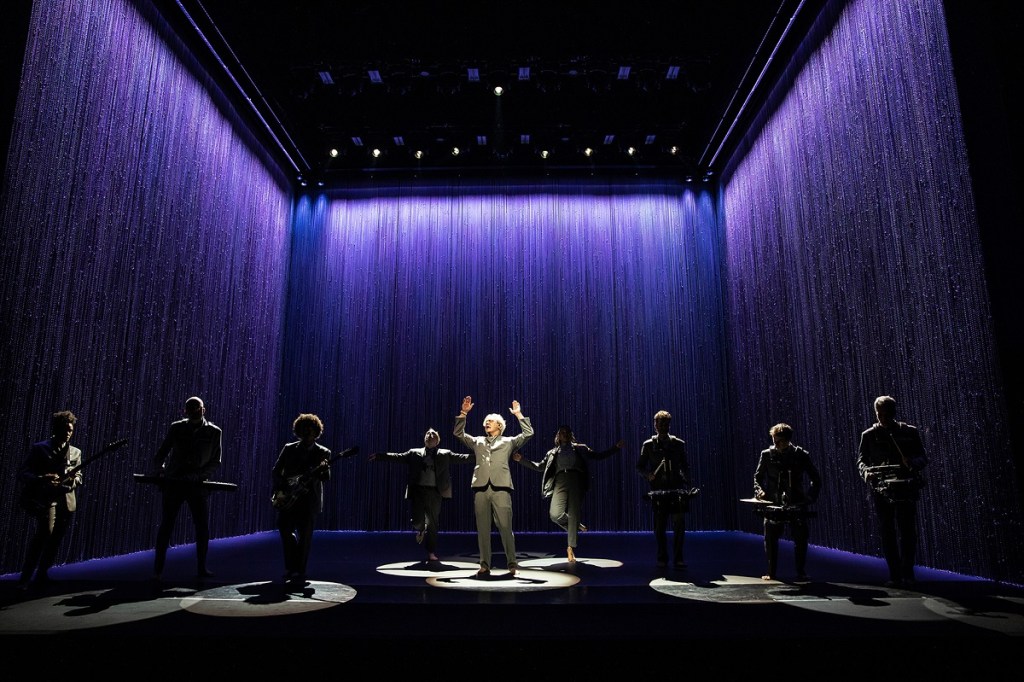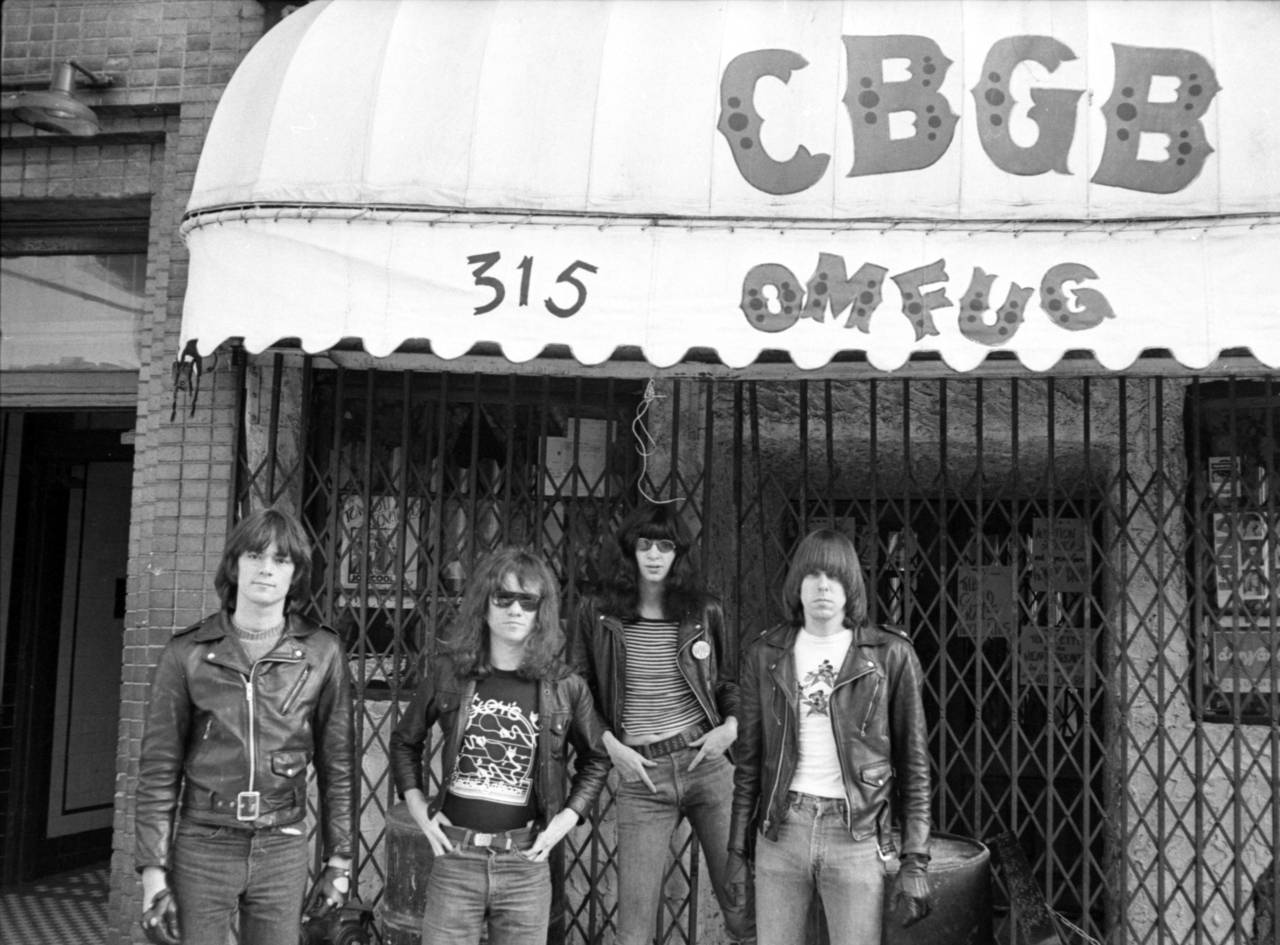Other Side of the Coin: Forerunner Musicians and their Contribution to Contemporary Arts

Photography by Matthew Murphy
In the realm of contemporary music theory, there is a chapter which spearhead a progressive paradigm shift. The second half of the 1960s hinted at this change, with musicians opting for psychedelic influences rather than cheerful melodic takes. Rougher, increasingly unpolished sounds would become hallmark of the 1970s, with the leading genre of rock evolving into a sea of smaller sub genres. Arguably, one of these (at least) first saw daylight on the pulsating streets of New York City.
1973 marked the birth of CBGB, a legendary music establishment known as the epicentre of progressive punk. Founded by Hilly Kristal, CBGB rapidly became catalyst of the punk movement, housing the likes of Patti Smith, Television, Talking Heads, and eventually, Sonic Youth. These artists all reached cult status, with innovative narratives influencing not just their music, but contemporary arts as an entirety.

Courtesy of CBGB, the exterior of powerhouse establishment CBGB, here displayed in its 70s prime, known for housing plenty of emerging voices within the punk movement.
Skyrocketing to fame following the acclaimed 1975 release Horses, Patti Smith reguarly performed at the CBGB, being their last ever live performer in October 2006. Contrary to popular belief, Smith’s career took off within the visual sphere. Drawing and painting stood out together with poetry, the latter famously merging into her music. Today, a visual outlook continue to compliment Smith’s musical composition alongside writing, often guiding the reader through her personal stories with an abstract feel.
The same buzzy New York City-hotspot became a crucial springboard for Television, fronted by Tom Verlaine. At the very pinnacle of CBGB, Verlaine and Smith became the coupling, writing poetry alongside their respective careers in music. In 1976, they released the now rarely sighted book The Night/La Nuit, further exploring the poetrical field of play in both English and French.

Photography by Matthew Murphy
For Talking Heads, art became the catalyst of musical creation. Three of the band members; David Byrne, Tina Weymouth, and Chris Frantz, first met at art school, having their sights set on visual arts. Once Talking Heads dismantled in early 1990s, Byrne was quick to revisit his background, both publishing and exhibiting art. Traditional methods of pencil on paper met futuristic techniques, ranging from digital inkjet prints to embroided upholstery with a three-dimensional effect. Over the last few years, Byrne’s creative catalogue has stretched into both Broadway-plays through American Utopia (2019), ongoing stage production Theater of the Mind, and numerous books. Meanwhile, the 45-year and counting powerhouse Weymouth and Frantz regularly connect back to their original collision between art and music. In 2020, Frantz released Remain in Love, a memoir reminiscing an impressive career.
Debuting in 1981, Sonic Youth entered the stage mid-musical renaissance. Much like its progressive peers Talking Heads, founding members Kim Gordon and Lee Ranaldo both went to art school. In case of Gordon, art has remained parallel to music since the beginning. In fact, 1981 also marked the birth of Design Office, her first solo art exhibition. Gordon’s work bathes in a strong visual identity, where contemporary motifs meet detailed characters, often dismantling hierarchial tendencies. Ranaldo’s artistic catalogue touch similar fields. Alongside longtime companion and multimedia creator Leah Singer, Ranaldo regularly exhibits progressive art. Up until recently, the conceptual duo were artists in residence at the MuseumsQuartier Vienna in Austria, presenting the exhibitions In Camera and Fermata.
Third founding member, Thurston Moore, comes in as an exception. Unlike the previously mentioned, Moore never went to art school. Instead, art gradually entered his life, leaving a more prominent mark once Ecstatic Peace Library saw daylight. Founded in 2008 by Moore and his partner Eva Prinz, the creative community targets music performance, visual exhibitions, and poetry. In August 2022, Moore and Prinz took residence at the Algonquin Hotel, opening the Velvet Underground-focused exhibition by James Hamilton – a wonderful display of how music and contemporary arts become one.